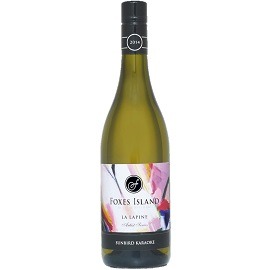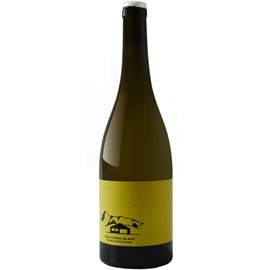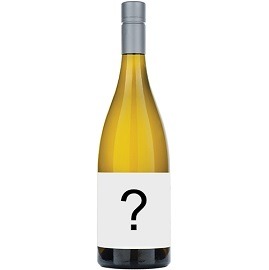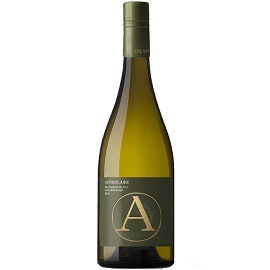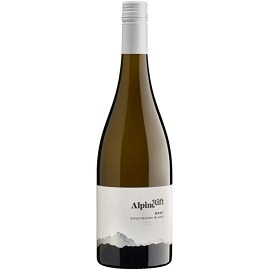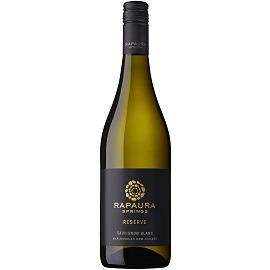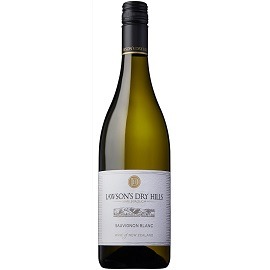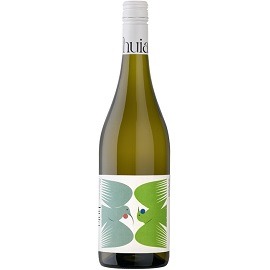Winery notes (2024 Vintage)
"Lying at the convergence between 3 distinct geological ages, Clos Henri has one of the most distinctive soil morphologies in the Marlborough Valley. Paying homage to these unique terroirs and revealing the true nature of these wines is the ultimate objective of the Bourgeois Family. Our Single Vineyard cuvées tell the story of the simplicity and elegance offered by the confluence of glacial and windswept terroirs.
We were thrilled to have had the opportunity to experience the best that Marlborough has to offer in 2024. The growing period was blessed with the ideal level of warmth, followed by a cooler season during veraison. As a result, a slow and consistent ripening process took place, which allowed for gentle development of the vine's physiological parameters. These perfect conditions enabled finesse, ageability, and refinement in our fruit, resulting in wines that will continue to improve over the next years.
Once received in the winery, gentle pressing straight to tank allows us to retain the aromatic freshness of the wine. The use of press fractions to separate free run from the hard pressings preserves the elegance and finesse of the wine. Fermentation occurs in 85% stainless steel; while the remaining 15% is wild fermented in neutral French oak barrels and Austrian demi-muids (600L). The wine is aged on fine yeast lees for up to 9 months with lees stirring, which enables us to obtain a round Sauvignon Blanc with body and richness. The wines age in tank before bottling and are released in the Autumn following their harvest.
An expressive and complex nose greets you with bright mango, guava and fresh pineapple. There is a hint of menthol and elderflower too. The palate is generous, round and inviting with rich fruit weight and a refreshing finish of ripe mandarin and a touch of chalky minerality."
Reviews for the 2023 vintage below…
94/100 Erin Larkin, RobertParker.com, Wine Advocate, June 2025 (2023 Vintage)
"The 2023 Waimaunga Sauvignon Blanc is grown on the windblown clays, right next to the glacial stones—the two vineyard blocks of the same wider vineyard are separated by the fault line that runs through the ground. The vines are so close together, yet the wines are so distinct. Here, the power of the clay has produced a wine that is infinitely more fruit driven than the mineral Otira taste alongside it. As a pair, they illustrate so clearly the difference in soil and the impact of it on the final wine. Usually, the vines on the stones ripen earlier than those on the clays; however, this 2025 vintage is potentially seeing a situation in the reverse. This wine has lemon flesh and coriander, green apple, wet chalk and concrete. It is far more rounded in shape than the Otira, but both wines offer different experiences."

 NZ-Wide
NZ-Wide 
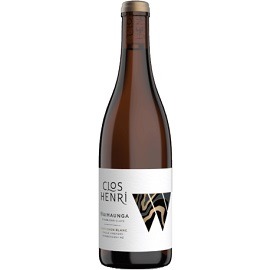

 NZ-Wide
NZ-Wide Free Shipping
Free Shipping Buy Online
Buy Online